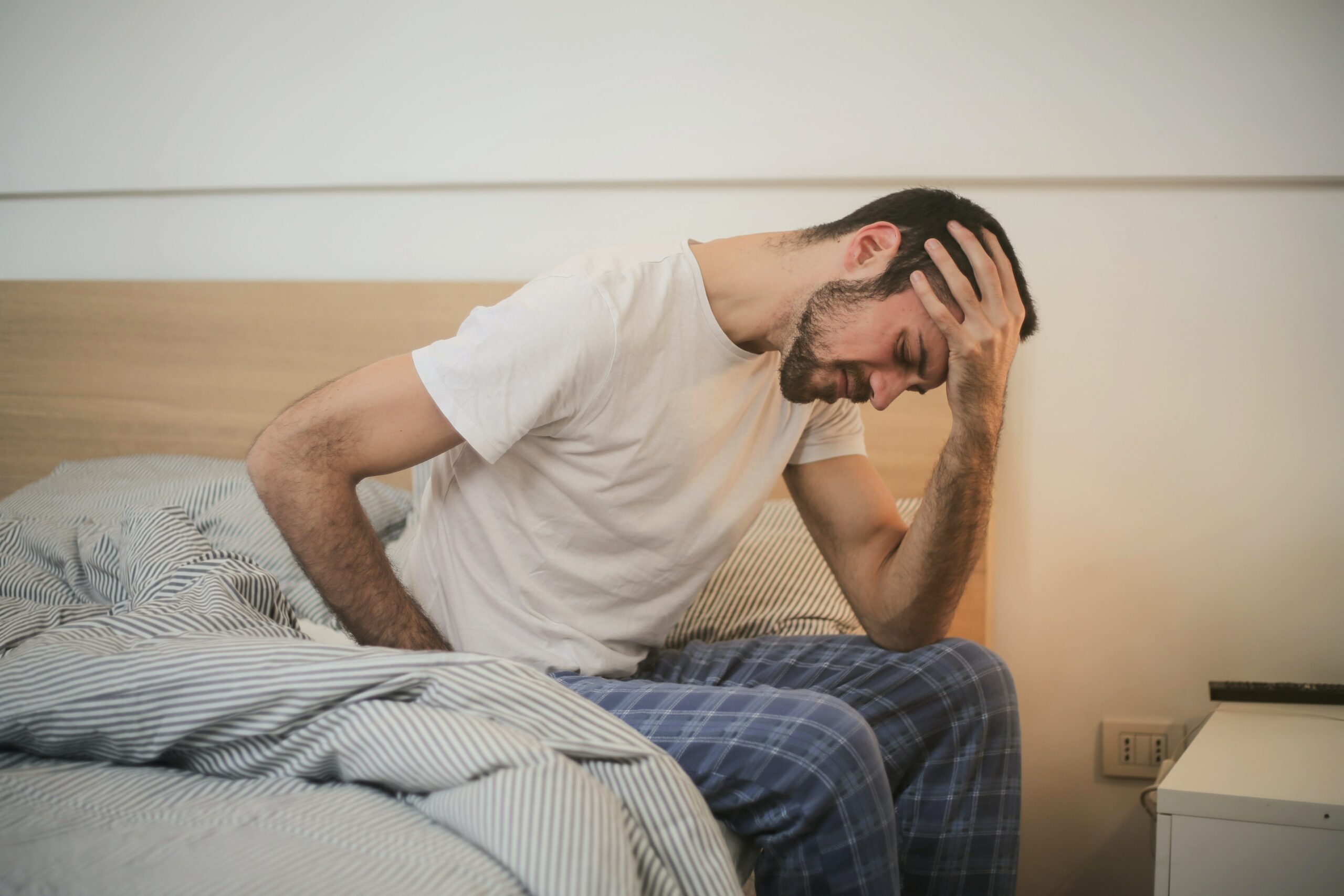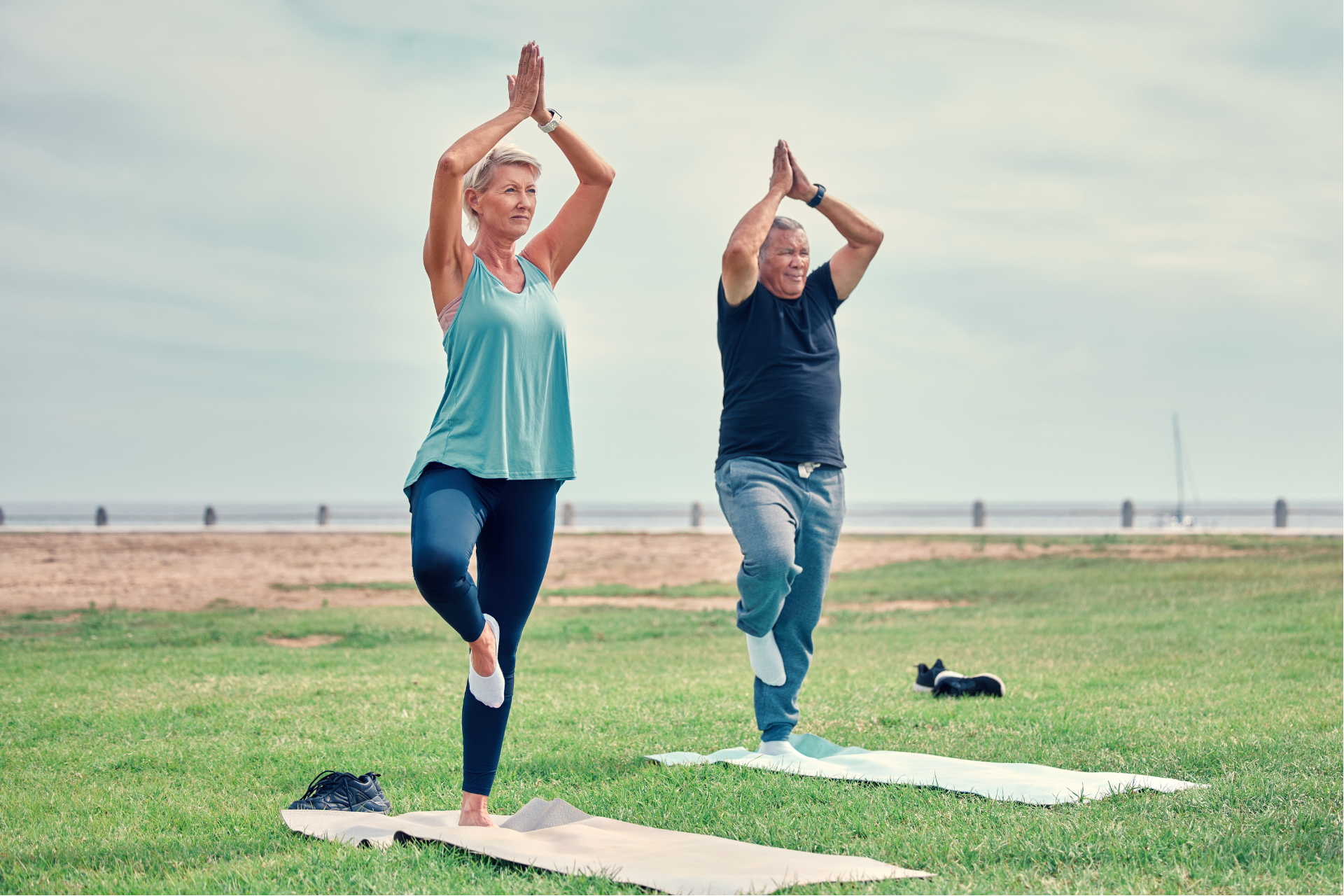Although you may adore the pillows and pillowcases you’re currently using and the time you share with them while you rest, you may want to reevaluate the relationship you have with them. Sure, you may love them, but are you certain they love you back?
Contrary to popular belief, beauty sleep isn’t only about getting the recommended amount of shut eye each night, it’s also about what you’re sleeping on. The types of pillowcases you use, how often you wash them, and other factors play a leading role in your skin and hair health. Below are a few ways in which using your old pillowcases may be affecting these wellness areas, and what you can do to stop them from happening:
Old Pillowcases Cause Acne
Your pillowcases absorb everything. Hair products, sweat, old makeup—you name it, your pillowcase is exposed to it all. And being that you’re likely laying on them for at least seven hours, it’s easy for it to become a breeding ground for bacteria and consentialy cause acne to occur. Even if you’re consistent in washing or switching up the cases on a regular basis, if it’s not every single day that you’re doing this, your skin is always going to be lying pressed up against the old germs, oils, and dirt that live on top of your pillow. Inevitably, this will make it easier for your pores to clog and heighten your chances of developing blemishes come morning time.
To stop this from happening:
- Launder or Change Your Pillowcases Weekly: Regardless of the fact that your skin is almost always going to encounter the old gunk living on your pillowcase from the night(s) before, it’s still a good idea to get into the habit of laundering or changing your pillowcases on a weekly basis. This will lessen your skin’s exposure to the yucky microorganisms that come from using pillowcases and lessen your chances of developing acne overnight.
- Use Preventative Acne Treatments: If you’re seeing a pattern in breakouts happening overnight, you may want to think about revamping your skin care routine to include preventative products. For those who haven’t already, look for acne treatments that contain dermatologist-trusted ingredients such as tretinoin, squalane, and red seaweed extract. Doing so will allow you to protect your skin from the buildup of your pillow case and fight off acne before it even starts.
Old Pillowcases Ruin Effectiveness of Your Nighttime Routine
No matter how often or constant you are in performing your nightly skin care routine, if you’re applying it only moments before you head to bed, you’re probably not achieving maximal benefit from the materials you’re using. Why? Because your pillowcases are likely eating up all the products! Going to bed directly after washing, treating, and moisturizing your skin doesn’t typically allow your skin enough time to fully absorb it in the way it’s meant too. Because of this, your pillowcases can absorb the product that’s left on the surface of your skin, thereby trapping more oils into it and making your PM regimen useless.
To stop this from happening:
- Use Minimal Products at Nighttime: Although it’s true that everyone’s routine is different and unique to the individual and their concerns, in most cases, less is more in the world of skin care. In other words, you don’t have to use ten separate products to get the results you’re looking for. Stick to a simpler approach to your nightly skin regimen. Using makeup remover, a suitable cleanser, treatment and/or serum, followed up by some eye cream and facial moisturizer, will get the job done and allow your skin more time to absorb each of the products before bed.
- Apply Nightly Skin Care 30 Minutes Before Bed: To ensure your skin has enough time to take in each of your skin care products, try to perform your routine and apply products at least thirty minutes before bed. This way you can still go to bed with a fresh face, but also prevent buildup from developing on your pillowcases.
Old Pillowcases Cause Hair Breakage
Old pillowcases can make it difficult to maintain long, luscious hair due to the fact that most pillowcases, particularly ones that are made out of cotton fibers, grab onto your hair strands and pull on them throughout the night. Especially if and when you move around a lot at night, your hair is constantly rubbing against those fibers that cause strain on your hair and ultimately, cause split ends and breakage. Overtime, repeated damage, combined with the natural aging process that comes with getting older, can result in hair thinning and even hair loss.
To stop this from happening:
- Upgrade to Silk or Copper Pillowcases: Unlike the conventional, cotton fiber pillowcases, silk and copper pillowcases do not pull tightly on the strands of your hair at night, making them great alternatives to sleep with and prevent breakage. Not only that, but silk and copper pillowcases also do not absorb nearly as much product as cotton ones, which makes them useful for preventing the other issues previously mentioned too!
- Don’t Go to Bed with Wet Hair: Going to bed while your hair is still wet won’t only lead to a bad hair day, it’ll also lead to breakage. Wet hair adds more friction between your pillowcase and your hair, especially if your locks also have other hair products within it. That being said, try your best to avoid going to bed with wet hair at all costs by allowing your hair to air dry before you lay down. If you don’t have the time or patience to wait for your hair to air dry, try blow drying it instead!
Old Pillowcases Create Dryness & Frizziness
If it’s not causing hair breakage, it’s creating dryness and frizziness. That’s right, using your old pillowcases may also be responsible for the bed head hair we all know and (don’t) love. Dryness often occurs from the pillowcases consuming the moisture and leftover product in your hair. Frizziness, on the other hand, is another consequence that comes from the friction between your pillowcase and hair, causing your strands to press and pull, creating a less than ideal look to wake up too in the morning.
To stop this from happening:
- Braid Your Hair Before Bed: There are a lot of benefits to braiding your hair before bed, one of the most notable being that the style helps to lock in moisture and prevent frizz from occurring, making for smooth, untangled strands to look forward to come morning time. In this article, Jamie Brice, a member from the Amika Pro Team explains that, “The moisture that would normally be released into the air or the fabric of your pillow when hair is loose is actually being held in by the overlapping strands.”
- Wrap Your Hair in Silk Head Scarves: similar to using the silk pillowcases, wrapping your hair up in a silk head scarf before bed can soften the amount of friction shared between your hair and the cotton fibers of your pillowcase, and of course, keep breakage from occurring. Using this technique, in conjunction with braiding your hair before bed, will make it easier to tame your mane, keep your scalp and hair hydrated, and stop fizziness from happening before it even starts. For optimal protection, consider using a nourishing hair serum or an anti-frizz hair oil to your hair care routine before braiding it, as this will work to further restore and repair your hair overnight.








